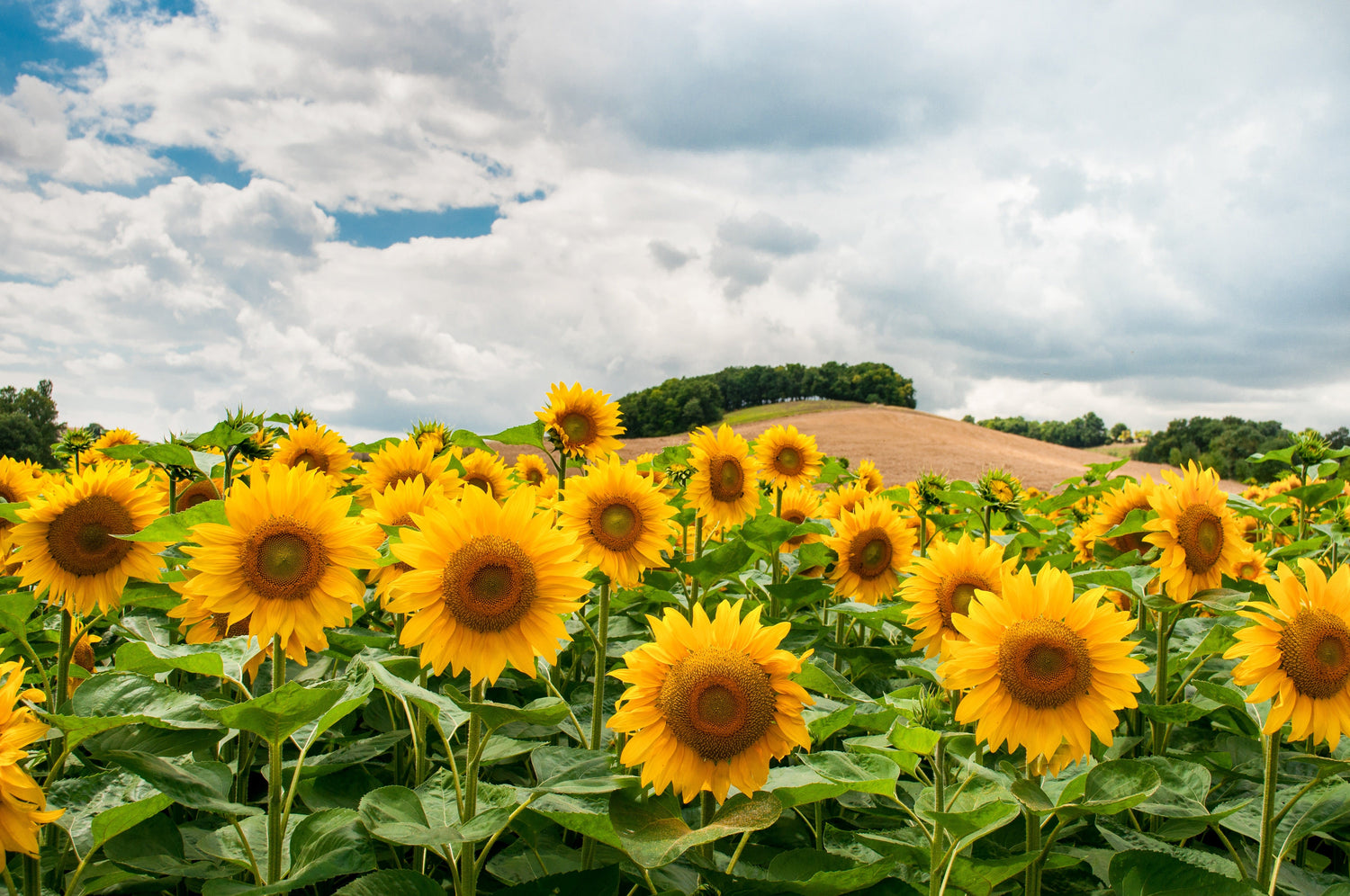These days, it seems like you have to sell your dietary soul to eat cheaply. Fresh fruits and vegetables can be costly...unless you grow your own! Yes, by establishing a "survival garden" loaded with all sorts of enduring fruits and vegetables, you can not only weather a financial storm, but a literal one as well.
There are a variety of durable plants you can grow for culinary purposes:
- Beans: Beans are easy to grow and are to be planted in the summer. Beans come in a wide variety and staggering them is recommended for continuous yields. Vitamins and minerals most notable to beans include fiber, calcium, and vitamins A, C, and K.
- Carrots: Easy to grow in the fall, winter, and the early spring. Notable for their high levels of beta carotene and Vitamin A.
- Eggplant: Should be planted in the same season as corn. Excellent sources of fiber, antioxidants, and vitamins B1 and B6. Has many cooking options.
- Lettuce: Best planted two week prior to the last frost as well as 6-8 week prior to the first frost. Very easy to grow and harvest. Excellent diversity of kinds, each providing different levels of vitamins A, B6, C, and K, calcium, iron, and protein.
- Okra: Plant these two weeks after the last frost. They're high in vitamin A, K, calcium and folate. There are several ways to prepare it but personally, I prefer my okra fried.Peas: Peas do well in the cold, are easy to grow, grow rapidly, and have a notable hardiness against frost. Peas come in a range of kinds, from shelling to sugar pod. An excellent source of protein, fiber and eight different vitamins such as A, B6, and K.
- Radishes: Can be grown 4-6 weeks prior to the last frost or in the fall. Easy to grow and acclimates to a variety of weather. Notable for being high in vitamins B6 and C, fiber, and iron.
- Squash: Comes in winter and summer varieties. Easy to grow regardless of variety and excellent sources of fiber and several vitamins.
- Wheat: Winter varieties are to be planted from late September-mid October. Spring varieties should be planted in early spring. Wheat is rich in copper, iron, potassium, and zinc. A single 10 x 10 plot will produce enough wheat for anywhere from 10 to 25 loaves of bread.
There are a few tricks to maintain such a garden as well:
- Insecticide and Fungicide: Mix 1 tbsp of cooking oil, 2 tbsps of baking soda, and a few drops of mild scented white soap into a litre of water. Pour this mixture into a spray bottle and spray along the base of the stems/stalks to kill bugs or fungi.
- Composting: Composting with EM-1 Bokashi and using natural fertilizer is important to ensure healthy crop growth.
- Seaweed Mulch or Spray: Besides being loaded with a variety of nutrients in either form, seaweed mulch is also an excellent slug repellent.
- EM: Use EM to simulate natural process and enhance your gardens fertility, additionally it will help breakdown organic matter in the soil leading to less nutrient requirements.
Originally posted on the TeraGanix (US) website - http://effective-microorganisms.blogspot.co.nz/search?updated-max=2013-11-05T07:04:00-08:00&max-results=7





